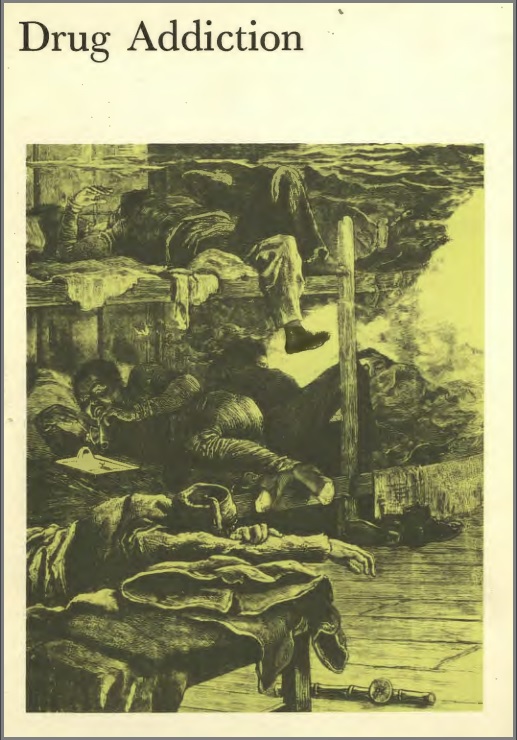For many thousands of years man has sought and found artificial stimulants or sedatives to relieve the tensions of everyday living, to allay fear and worry…
For many thousands of years man has sought and found artificial stimulants or sedatives to relieve the tensions of everyday living, to allay fear and worry or simply to increase his pleasure. These have ranged from cannabis, the opiates and the juice of…
For many thousands of years man has sought and found artificial stimulants or sedatives to relieve the tensions of everyday living, to allay fear and worry or simply to increase his pleasure. These have ranged from cannabis, the opiates and the juice of a Mexican cactus to alcohol, tobacco, tea and coffee.
Clearly it is not so much the use of these substances but their abuse or improper use that concerns society. The concept of drug addiction depends firstly on the way society defines drug abuse, secondly on the relationship between the use and the abuse of a specified substance, that is, the extent to which its use leads to abuse and thirdly on the point at which society attempts to control ‘abuse’.
Abuse of drugs was for many years considered in terms of drug habituation and drug addiction; but there have been, and still are, great semantic difficulties in defining these words. In 1950, the WHO described addiction as a state of periodic or chronic intoxication, detrimental to the individual and society, produced by the repeated consumption of a drug (natural or synthetic). Its characteristics include an overpowering desire or need (compulsion) to continue taking the drug and to obtain it by any means; a tendency to increase the dose; a psychic (psychological) and sometimes a physical dependence on the effect of the drug. In 1956 they proposed that a distinction should be drawn between drug addiction and drug habituation. Habituation, they said, differed from addiction in that it created a desire (but not a compulsion) to continue taking the drug for the sense of improved well-being it engendered. In the case of habituation there was little or no tendency to increase the dosage, some degree of psychic dependence but an absence of physical dependence and hence of an abstinence syndrome. They considered that the detrimental effects, if any, fell primarily on the individual.
Certain difficulties attach to these definitions. There is no clear distinction between the meaning of habituation and addiction, either within or between lay, legal and medical usage. Some individuals may derive a satisfying or pleasurable sensation from a wide variety of substances taken into the body (e.g. nutmeg, banana-skins, glue-sniffing, snuff, tobacco, alcohol and even food) and continue taking them possibly to an excessive and detrimental degree. Does glue then become a drug of addiction? In addition, by association, both terms have a connotation of evil, guilt and sin. This, possibly, is because man considers that his mind should rule his body and some of these drugs taken by the body control the mind.
In 1964, the WHO recommended that ‘drug dependence’ be substituted for the terms addiction and habituation and also that dependence should be discussed within the confines of specific drugs or drug types. (The UN Commission on Narcotic Drugs, however, decided at its twentieth session, in1965, to keep to the old terminology). Drugs producing dependence have at least one effect in common which is that they are capable of creating a state of mind in certain individuals termed psychic dependence. This is a drive requiring periodic or continuous administration of the drug for pleasure or to avoid discomfort.
Abuse of the drug occurs when the results of the drug dependence have an apparent detrimental effect on the individual and society. Over and above this, the characteristics of drug dependence show wide variations from one generic type to another and this makes it necessary to establish clearly the pattern for each. The types delineated include the following: morphine, barbiturate, alcohol, cocaine, amphetamine, hallucinogens (such as LSD) and cannabis.
This paper is concerned mainly with the ‘hard drugs’ described variously as opiates or narcotics of which include morphine and heroin, cocaine and the synthetic narcotic analgesics such as pethidine. Four other drug types, the barbiturates, amphetamines, hallucinogens and cannabis are also discussed.
